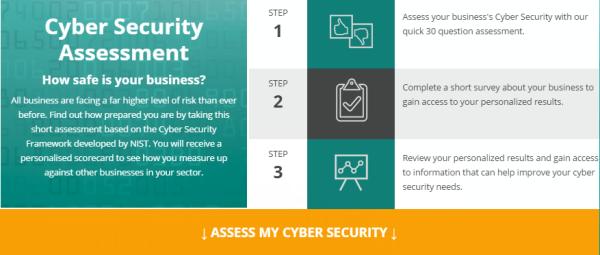The aviation industry is becoming increasingly reliant on technology, from electronic reservation systems, mobile boarding to aircraft improved ground –to-air communications. However, there is a growing concern surrounding hackers looking to exploit the industry. Mainframe networks are susceptible to attack which is obviously a huge threat to airports and airlines alike.
In 2013 a hacker, named Teso, used an android to remotely attack and hijack an aircraft by feeding false navigation information to a simulated jet that made it change course. The loopholes in the flight management system were detailed by Teso during a presentation to the ‘Hack in the Box’ conference in Amsterdam.
The qualified commercial pilot set out to find a way to subvert the flight management systems (FMS) found on many different aircraft. He planned to feed them fake data via well-known radio communication systems. Such potential disruption to the aviation sector would invariably have a profound effect on the global economy, making it crucial that aviation’s critical infrastructure is secured and maintained.
As well as the threat to flight management systems, a multitude of other potential dangers to the aviation industry remain very much in play. Drones have become a new problem to commercial aviation, with numerous examples recently being spotted flying too close to aircraft in the vicinity of airports.
The aviation security landscape is fast changing and becoming more challenging with this new frontier of cyber threats. However, the use of more advanced and sophisticated IT and computer-based systems in civil aviation operations will continue to expand even more in the future.
A recent report by Mr Bernard Lim, Chairman of the International Civil Aviation Organisation (ICAO), highlighted the potential challenges for cyber security in aviation, including the rapidly changing global civil aviation landscape, the fast pace of technological improvements and innovation, and the rising demand for operational efficiency, balanced with the critical needs to ensure safety and security.
“While many States and stakeholders in the global civil aviation community are aware of the seriousness and catastrophic consequences that can come about from cyber threats, many are still grappling with these challenges and are not necessarily ready or equipped to deal with such threats confronting them, at both the individual level and national system-wide level,” the report stated.
All businesses are facing a far higher level of risk than ever before, and so fellow UBM company, IFSEC Global, the online community for the security and fire industries, has created a short online assessment to enable users to assess their business’ cyber security. You can take the assessment here to review your personalised results, and gain access to information that can help you improve your cyber security needs.





